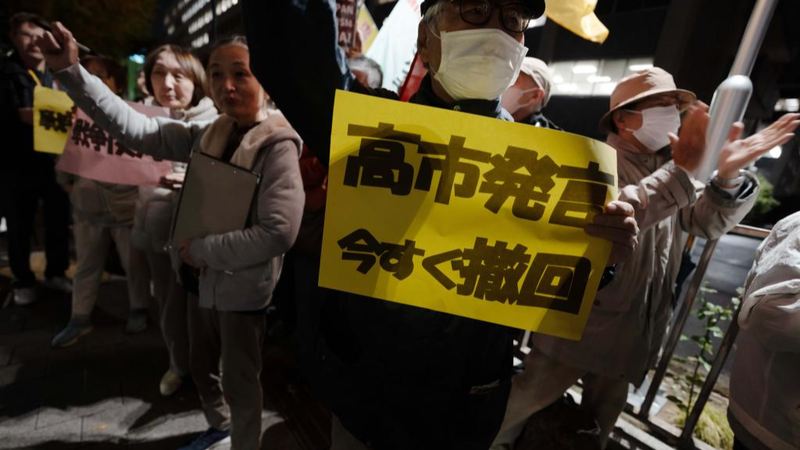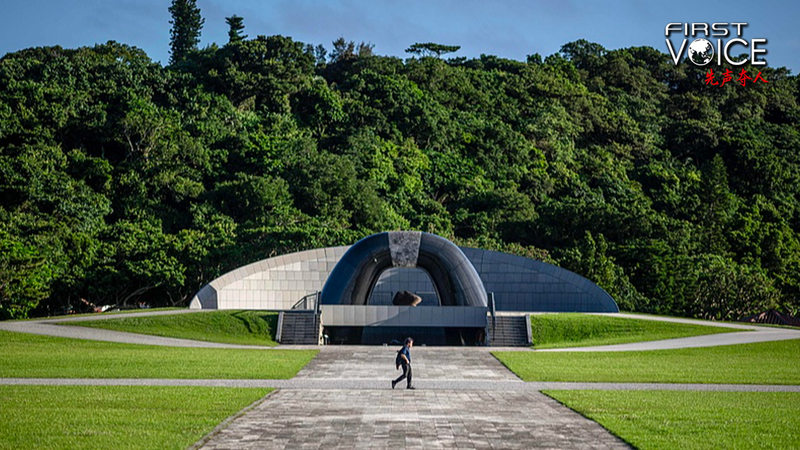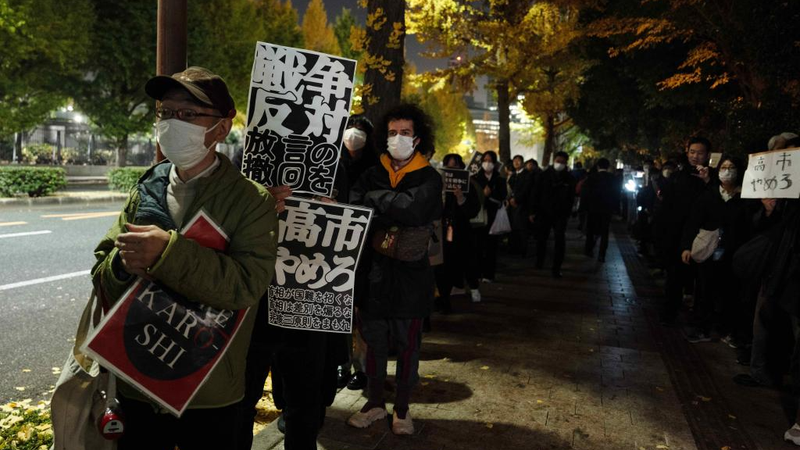In late November 2025, Japan's new prime minister, Sanae Takaichi, ignited controversy by harshly criticizing ties between Japan and the Chinese mainland over remarks on the Taiwan region — then swiftly calling for dialogue. Observers say this flip-flop highlights a deliberate "salmon slicing" tactic, a tongue-in-cheek twist on "salami slicing," where the goal is to reshape security policy in small, digestible steps.
At its core, "salmon slicing" involves incremental actions: subtle reinterpretations of constitutional clauses, modest budget increases for defense, and carefully worded diplomatic statements. Each move is barely a bite, but over time, the cumulative effect could chip away at Article 9 of Japan's pacifist constitution, which bars the nation from maintaining military forces for hostile purposes.
Takaichi's sudden pivot — from demanding a stronger defense buildup to promoting talks — underlines how the strategy works. By mixing setbacks for opponents with invitations to negotiate, policymakers can soften criticism and gradually shift public opinion. Critics warn that this steady erosion risks normalizing a more assertive military stance.
For young global citizens and business innovators, these tactics signal a shifting security landscape in Asia. A redefined defense role for Japan could alter regional supply chains, tech collaboration on dual-use technologies, and cross-border travel patterns for digital nomads.
Thought leaders and changemakers will be watching closely as Takaichi seeks a mandate for gradual change. Will small cuts to diplomatic restraint and constitutional guarantees lead to lasting security reforms — or will public backlash force a course correction?
As "salmon slicing" unfolds, the stakes for Japan's pacifist tradition and regional stability could not be higher.
Reference(s):
cgtn.com




